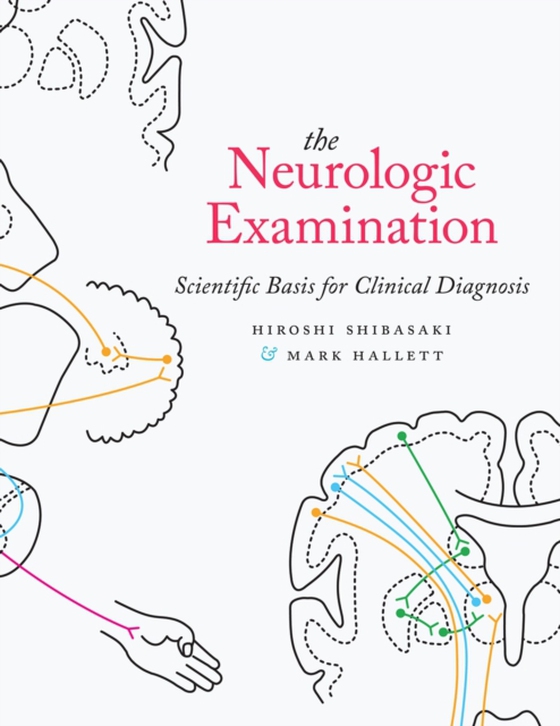
Neurologic Examination e-bog
1276,86 DKK
(ekskl. moms 1021,49 DKK)
Whereas most book about the neurologic examination are disease and anatomy oriented, The Neurologic Examination: Scientific Basis for Clinical Diagnosis focuses on a pathophysiological approach to the nervous system. The authors emphasize that the scientific interpretation of symptoms obtained from carefully taking the patient's history and noting signs found during physical examination are ess...
E-bog
1276,86 DKK
Forlag
Oxford University Press
Udgivet
15 juni 2016
Længde
352 sider
Genrer
Examination of patients
Sprog
English
Format
pdf
Beskyttelse
LCP
ISBN
9780190240981
Whereas most book about the neurologic examination are disease and anatomy oriented, The Neurologic Examination: Scientific Basis for Clinical Diagnosis focuses on a pathophysiological approach to the nervous system. The authors emphasize that the scientific interpretation of symptoms obtained from carefully taking the patient's history and noting signs found during physical examination are essential in the diagnosis of neurologic diseases, even if laboratory testing, such as electrophysiology and neuroimaging, are more widely used. This book aims to provide a bridge from the basic sciences such as anatomy, physiology, pharmacology, and molecular biology to the neurologic symptoms. Neurologic examinations provide the foundation for diagnosis, and only after a thorough and expertly executed examination can one begin to incorporate laboratory testing and treatment. The Neurologic Examination: Scientific Basis for Clinical Diagnosis, based on the widely successful Japanese book Diagnosis of Neurological Diseases (Igakushoin, Japan, second edition 2013) by Dr. Shibasaki, hopes to revitalize the use of neurologic examinations before jumping into laboratory testing. Doing so can help cut down on time, patient and physician anxiety, and unnecessary testing expenses. This book is a must-read for all practicing neurologists, residents, and medical students. Key Features Include The chapters are arranged in order of the actual steps in a neurologic examination; Highly illustrated with figures and tables indicative of the neurologic signs and symptoms that may appear during the given step; and 99 discussion boxes are inserted throughout to provide a more in-depth look at particular topics without interrupting the reading flow of the text.
 Dansk
Dansk

